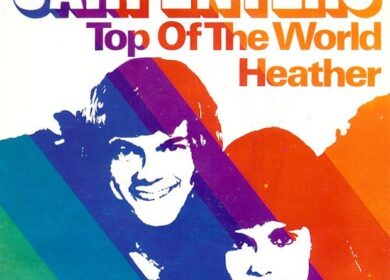Cross-posted from Ishmael’s Corner
By Lou Hoffman
The Hoffman Agency, San Jose
The influence of journalists remains as important today as when I started in the communications business. While the Internet has commoditized news announcements, what appears in publications still impacts a company’s brand and reputation.
That’s why I was intrigued when I heard that Muck Rack (in cooperation MDC Partners) surveyed a cross section of journalists — newspapers, magazines, trade publications, etc. — to learn how they like to be pitched. With more than 300 journalists responding, we can learn from the aggregated data starting with their preferred vehicle for pitches.
No surprise, journalists value the efficiency and control that comes with email dialogue. They find comfort in that “D” key only being a millisecond away.
I did expect Twitter to rate better than less than two percent. I figured since Clifford Krauss’s clumsy attempt on behalf of The New York Times to dig up sources for the Toyota recall back in 2010, journalists would be more comfortable with the medium.
With that said, 93 percent of journalists affirmed that they appreciate it when communication professionals follow them on social media. This has less to do with the actual business storytelling and more about how The Man measures journalists.
As highlighted in “Why PR Should Be Paying Attention to the Turmoil at The Oregonian,” a journalist’s KPIs can range from social media engagement to clicks on his/her stories. PR people who by definition know something about “spreading the word” can play a role in helping the journalist meet those pesky performance metrics.
Which also explains why 88 percent of journalists look at how many times their articles have been shared across social media. In short, shared articles = clicks.
The next question affirms my philosophy, given a choice between a fresh story or a great relationship in landing coverage, I’ll take the fresh story every time.
Regarding ideal pitch length —
This one deserves more context. Yes, journalists deal with jammed schedules and can’t afford to spend half their day reading email pitches. As Andrew Edgecliffe-Johnson from the Financial Times recently lamented:
“My inbox is clogged with the “barking news” about New York’s first doggie-treat truck, the invitation to meet the inventor of the multimedia coat hanger, the press release on the “trail-blazing” motorway service station and the survey on “slowcial networking” (otherwise known as sending greetings cards).”
Still, if you can hook the journalist with a compelling and relevant narrative in two to three sentences, he/she will keep reading for a deeper understanding.
But how do you hook the journalist in those precious few seconds?
Good point and one I would take a step further.
More than personalize, you need to customize the pitch to the specific journalist, his/her beat and the publication. Do your homework. Why the mass email blast lives on when it’s got the effectiveness of the line, “What’s your sign?” is beyond me. This is why journalists get cranky about PR.”
Kudos to Muck Rack for asking the questions (and no, Dr. Reuben didn’t write a book on the topic).







